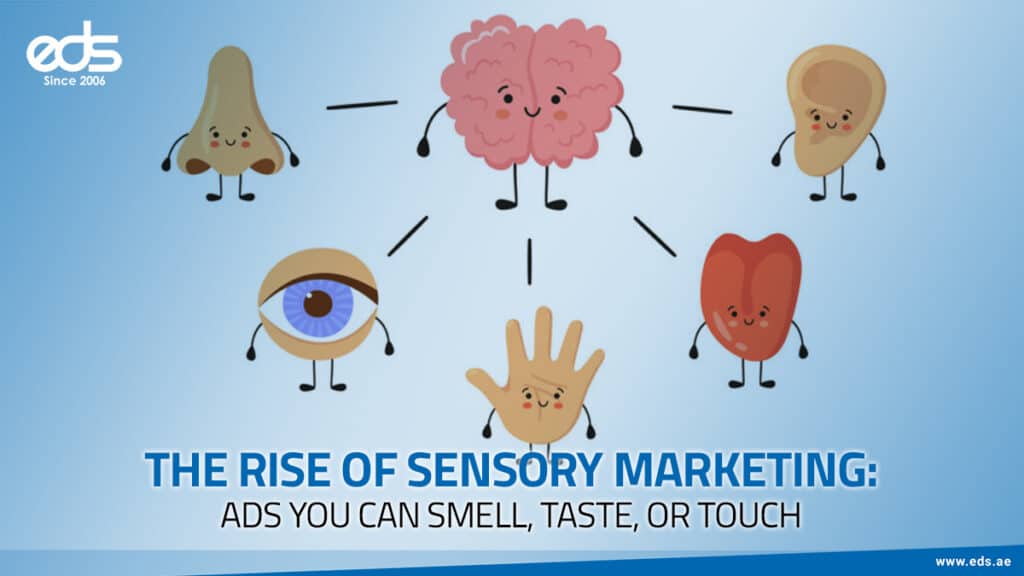What if your next advertisement didn’t just show you something – but let you feel it, smell it, or even taste it? Welcome to the world of sensory marketing, where brands are going beyond visuals and sound to create deeper, more emotional connections with consumers.
In today’s crowded digital landscape, audiences are bombarded with thousands of marketing messages every day. Standing out requires more than a clever tagline or an eye-catching visual. Sensory-driven campaigns – the kind that awaken multiple senses – are changing how people interact with advertising. They’re immersive, memorable, and emotionally powerful.
Why Sensory Marketing Works
Our senses shape how we perceive the world. Studies show that sensory experiences are directly linked to memory and emotion. The smell of freshly baked bread can take you back to your childhood. The texture of a smooth surface can evoke luxury and trust. By tapping into these triggers, advertisers create lasting impressions that go beyond the surface level.
This approach isn’t limited to food or fashion. It’s being used across industries – from technology to automotive – to build stronger emotional connections. For instance, car companies use scent diffusers in showrooms to evoke confidence and excitement, while cosmetic brands let customers feel packaging textures that communicate sophistication.
The Science Behind Multi-Sensory Advertising
Sensory marketing engages multiple parts of the brain simultaneously. When sight, sound, and touch work together, they amplify emotional impact and brand recall. This is why interactive campaigns are gaining momentum. Whether it’s a digital display campaign with sound and movement or a creative outdoor activation that invites people to physically interact, multi-sensory strategies elevate brand storytelling to a whole new level.
For businesses looking to stay ahead, integrating sensory cues into their advertising is no longer optional – it’s strategic. It’s about designing experiences that make audiences feel something genuine.
How Businesses Can Use It
- Scent Integration: Retail environments are using signature scents to strengthen brand identity and increase customer dwell time.
- Touch Engagement: From textured packaging to tactile installations, touch enhances credibility and trust.
- Taste and Smell in Events: Brands are using pop-up experiences where taste and aroma reinforce emotional appeal.
- Digital Adaptation: Even in digital advertising, sensory cues can be suggested visually or through immersive design techniques that mimic real-world sensations.
The Future of Sensory Storytelling
The next evolution in advertising lies in how audiences experience a message – not just what it says. Campaigns that connect emotionally through multiple senses are more likely to be remembered and shared. As technology advances, we can expect more innovations that bring sensory experiences into the digital realm, such as AR and VR environments that simulate touch and smell.
If you’re ready to explore how creative advertising strategies, digital display campaigns, and outdoor activations can build stronger audience engagement, it’s time to think beyond sight and sound – and start engaging every sense.
📞 Contact: +971-4-5193444
📧 Email: [email protected]
🌐 Website: eds.ae

